By Louise Irvine
A celestial utopia is depicted on this rare Della Robbia ceramic panel modeled after the sixth day of creation by Sir Edward Burne-Jones. The Pre-Raphaelite artist wanted to portray “visions and dreams and symbols for the understanding of people” and visualized heavenly angels in paintings, tapestries, and stained glass. He once proclaimed, “for every locomotive they build, I will paint another angel.”
Days of Creation
In 1870, Burne-Jones devised the Days of Creation, also known as the Angels of Creation, to use in stained glass windows produced by his great friend and collaborator, William Morris. The series was used in several churches and Burne-Jones remained immersed in his angelic subject matter during the 1870s when he produced highly detailed drawings and watercolor paintings. It is no coincidence that Darwin’s radical theory of evolution was being debated by the public at the time.
Each of the six panels shows a winged angel holding a crystal globe representing God’s deeds of the day. Days one to four show the separation of light and darkness, the parting of waters from the land, the appearance of plant life, and the emergence of the sun, moon, and celestial bodies. On the fifth day, the arrival of animal life is symbolized by a flock of birds and the sixth globe contains Adam and Eve surrounded by six angels with a seventh playing music to represent the day of rest.
The angels were loosely based on the Mantegna tarot deck dating to the 15th century that the artist had seen in the British Museum. When Burne-Jones exhibited the Days of Creation in 1877 at the Grosvenor Gallery in London, they caused a sensation and continued to inspire works in different media after the artist’s death in 1898.
The Della Robbia pottery series was completed in 1906 and can be seen in Llandaff Cathedral in Cardiff. Examples of individual panels come up at auction from time to time as with the WMODA sixth day example painted by Alice Louise Jones. It was one of the last pieces produced at the Della Robbia Pottery in Birkenhead, Liverpool which was active from 1894 until 1906.
Della Robbia
The Della Robbia pottery was founded by Harold Rathbone with a mission to produce artistic ceramics for architectural and domestic use. He was inspired by a visit to Florence where he admired the colorful ceramic sculptures produced by the Della Robbia family in the 15th and 16th centuries. As an artist, Rathbone was also greatly influenced by William Morris and the ideals of the Arts & Crafts movement. He advocated craftsmanship, community, and the dignity of labor and believed that every individual holds the key to their own creativity. He worked with locally sourced materials and revived traditional skills. Around 70 artists and workmen were associated with the Della Robbia Pottery during its brief 12 year history.
Co-founder Conrad Dressler was responsible for sculpting the architectural plaques but disagreements with Rathbone and the lack of commercial success led him to leave Liverpool after just a few years and he set up his own Medmenham Pottery in Buckinghamshire. One of Dressler’s most remarkable commissions was Hudson’s soap building in Dublin which incorporates Della Robbia style reliefs of women doing their laundry with Sunlight Soap.
From Renaissance to Regent Street
Della Robbia pottery was sold through numerous outlets in Liverpool as well as at Morris & Co’s shop and at Liberty’s of Regent Street in London. Some of the work was crude in comparison with other art potteries but they represented good honest labor in true Arts & Crafts style with “head, hand and heart.” The typical Della Robbia color palette included a distinctive turquoise and apparently Harold Rathbone insisted that every piece included the color green. He also favored the sgraffito decorating technique for their vases and wall plaques. The artist’s initials were included on the base of the piece together with the Della Robbia logo of a sailing ship.
The Della Robbia designs were shown at exhibitions around the country and they made a strong impression at the Paris Exhibition in 1900. The Art Journal review noted that “no two pieces are decorated alike…resulting in works of great individuality and character.” One of the Della Robbia chargers in the Wiener collection can be seen in the accompanying photograph of their Paris display. The pottery received royal accolades and the Prince of Wales ordered some Della Robbia wares for his private apartments at the Royal Pavilion in Brighton. However, financial problems continued to beset the company.
In 1900, the pottery merged with Emile du Caluwe’s ecclesiastical works and Marian de Caluwe brought a new lease of life to the ailing firm with her Art Nouveau style vases and chargers. Many were inspired by Italian precedents and based on paintings by Pietro Perugino and other Renaissance masters. However, many artists left for more reliable employment elsewhere, including Aphra Peirce, who found work at Doulton’s Burslem pottery. Learn more about Della Robbia pottery in Peter Hyland’s excellent book and the exhibition catalog from the Williamson Art Gallery & Museum From Renaissance to Regent Street.
Read more about...
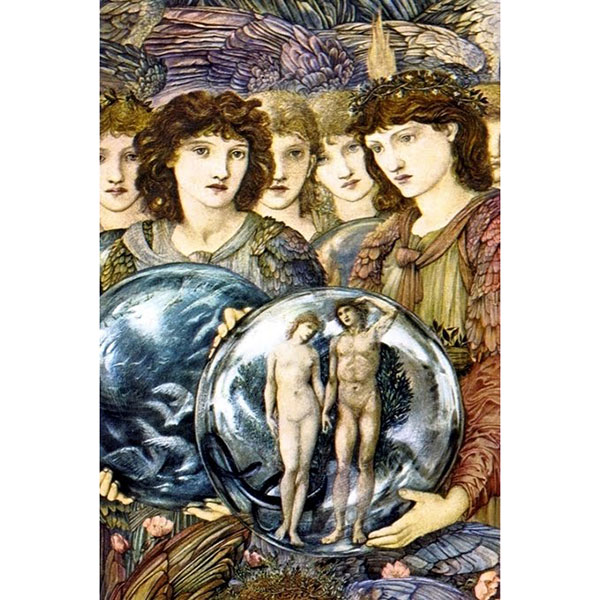
Sixth Day of Creation Detail Edward Burne Jones
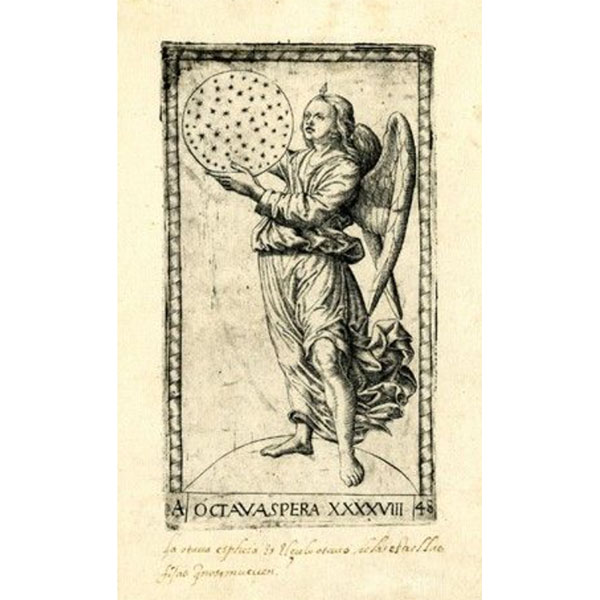
Mantegna Tarot Card
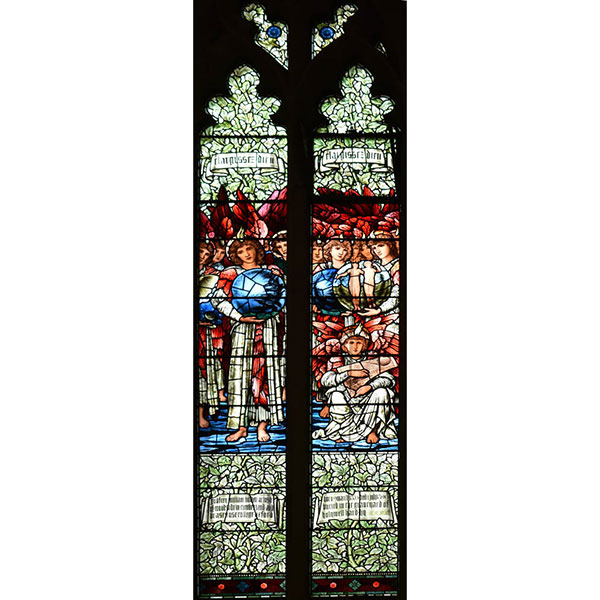
Harris Manchester College Oxford Morris
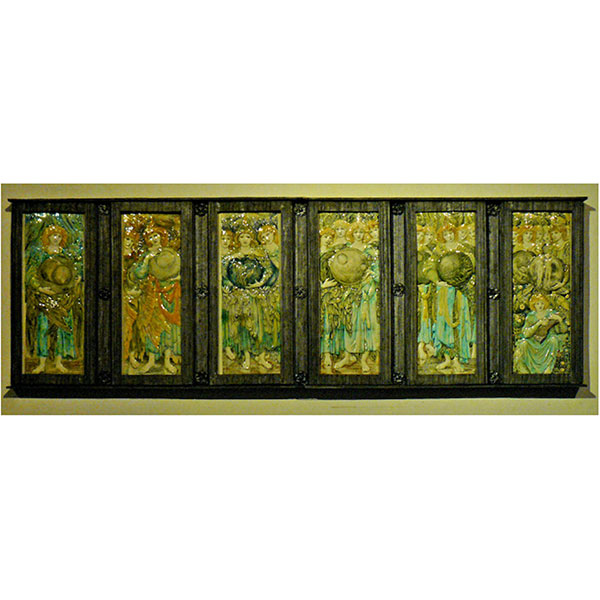
Della Robbia Six Days of Creation
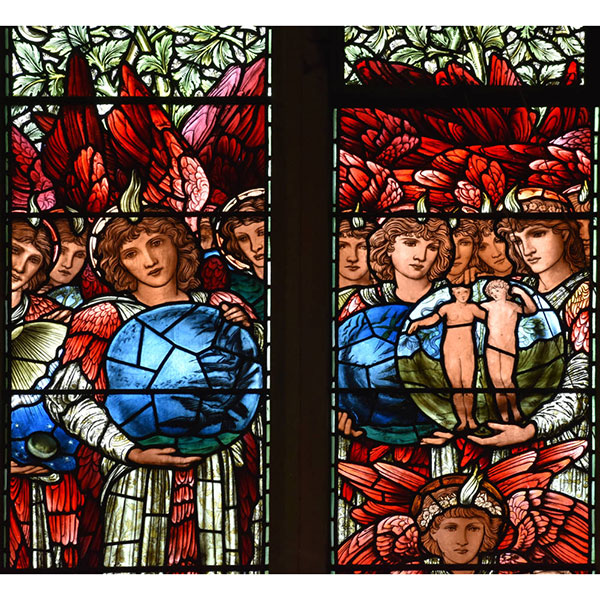
Days of Creation Stained Glass
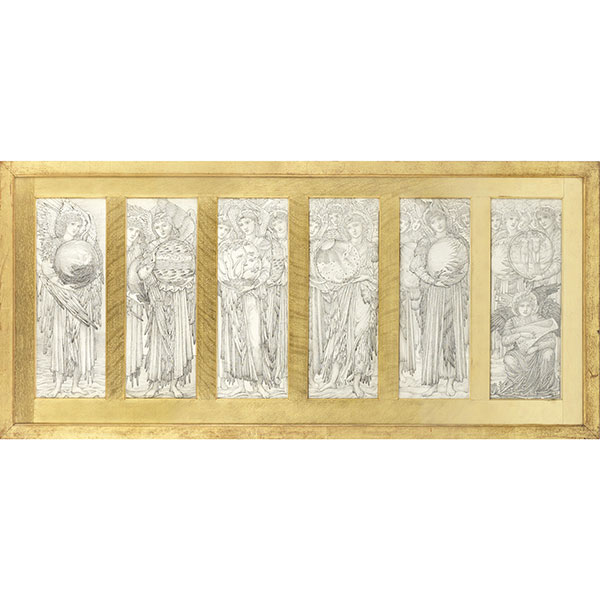
Days of Creation Edward Burne Jones Drawings Photo Bonhams
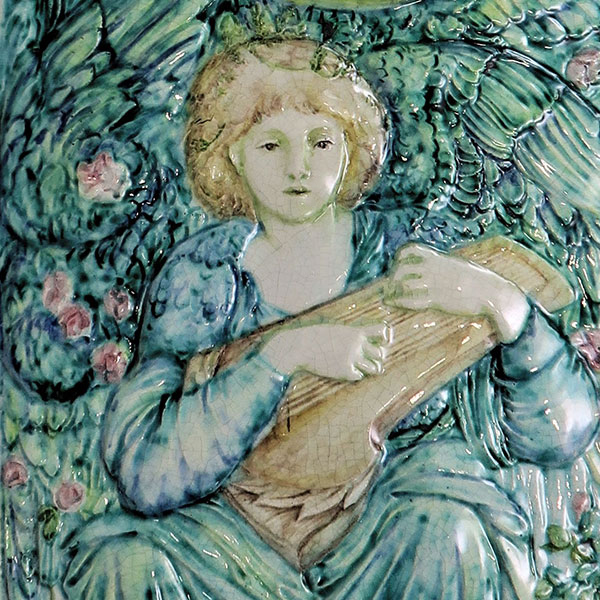
Della Robbia 6th Day of Creation Detail
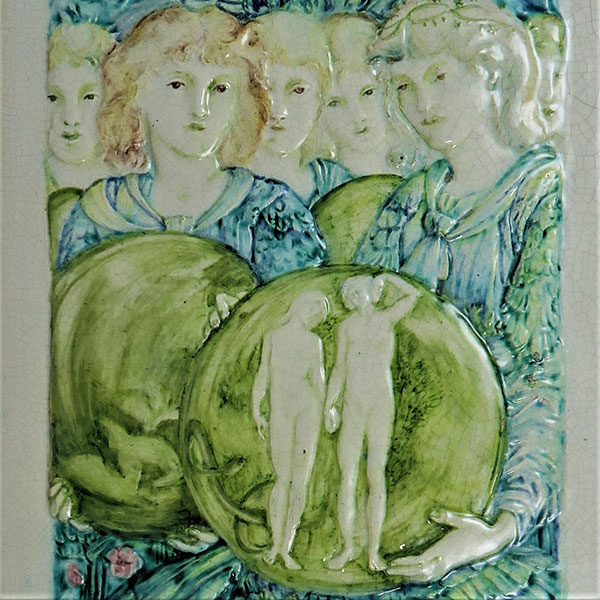
Della Robbia 6th Day of Creation Detail
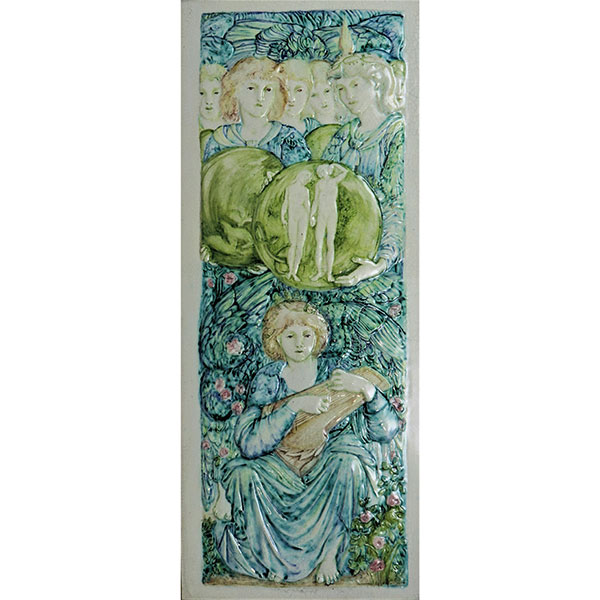
Della Robbia 6th Day of Creation
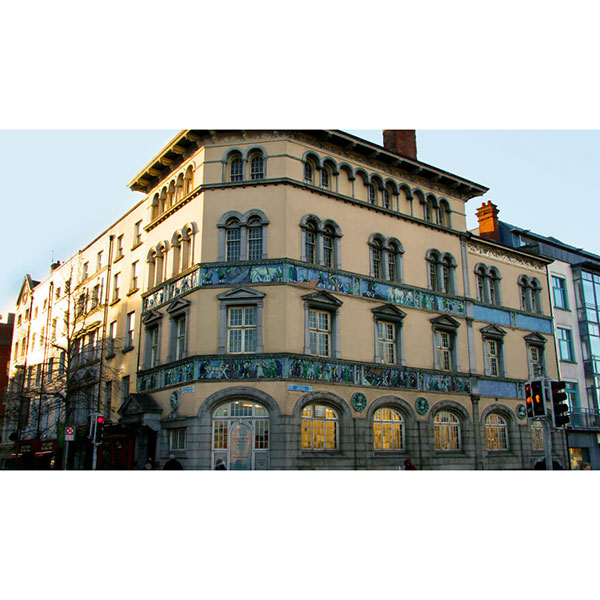
Sunlight Chambers Dublin Medmenham Pottery
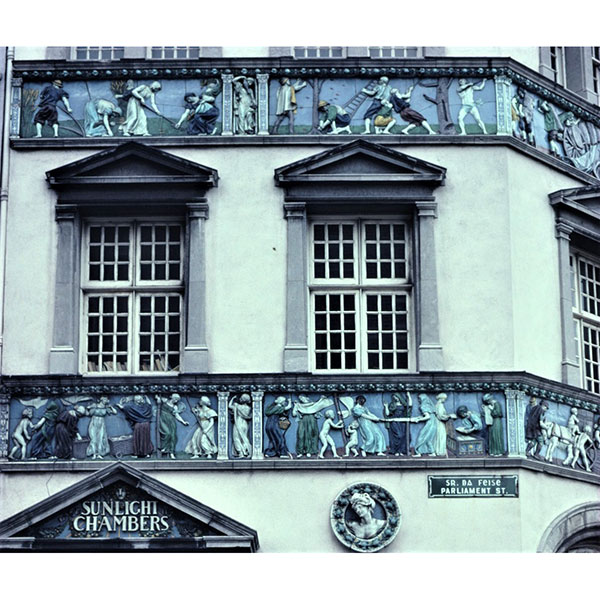
Sunlight Chambers Conrad Dressler Medmenham Pottery
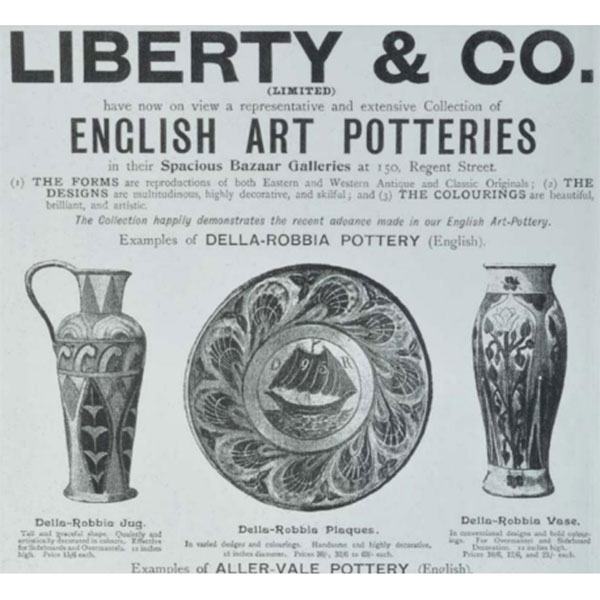
Liberty Advertisement Magazine of Art 1896
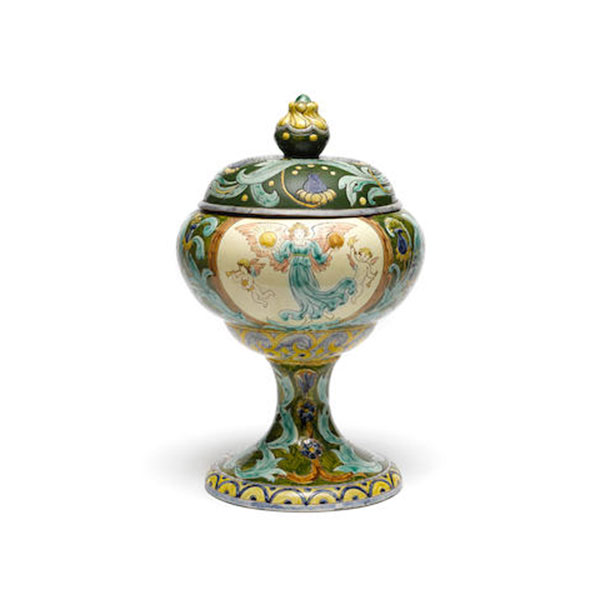
Della Robbia Chalice C Walker
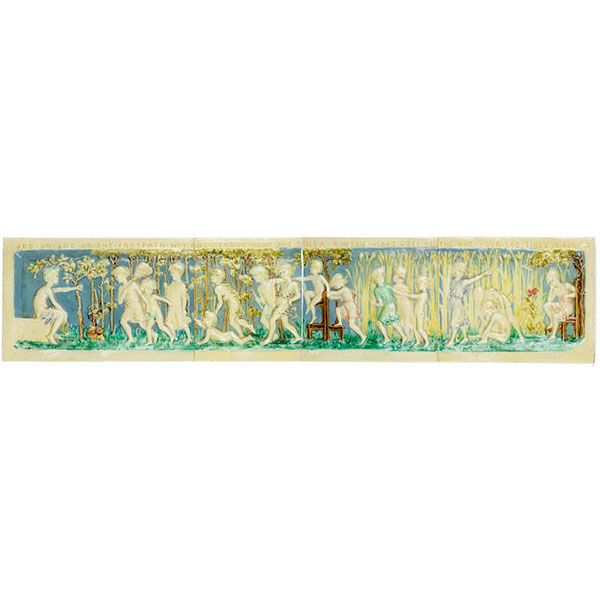
Della Robbia Jog On Ellen M Rope E M Wood 1895
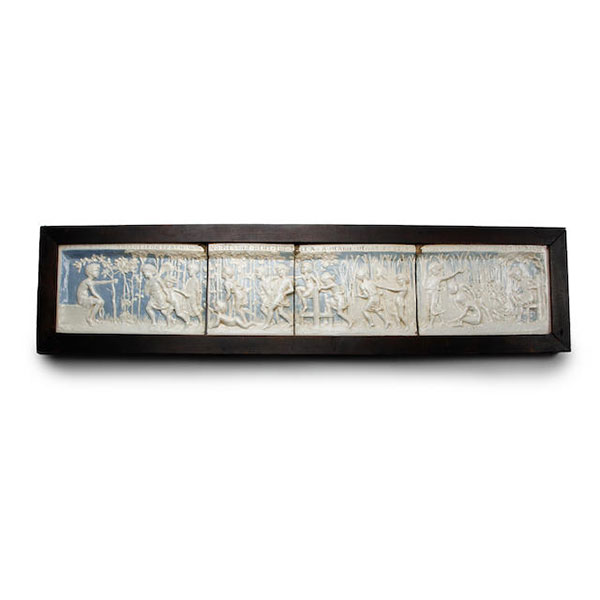
Della Robbia Jog On
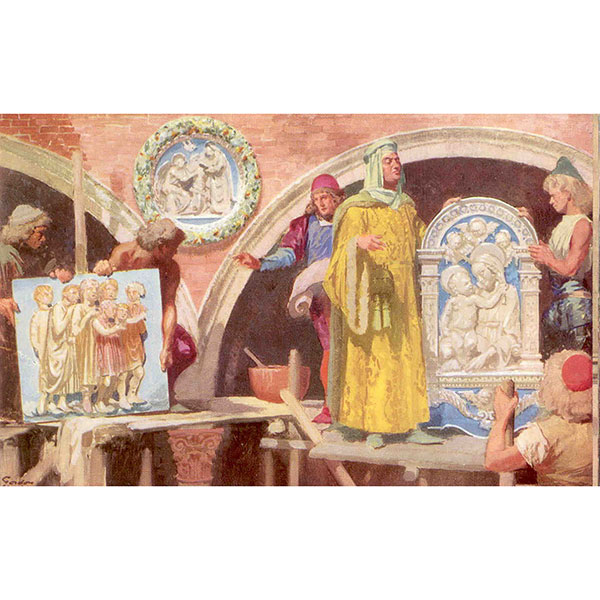
Della Robbia Potters in 16th Century Florence by G. Nicoll
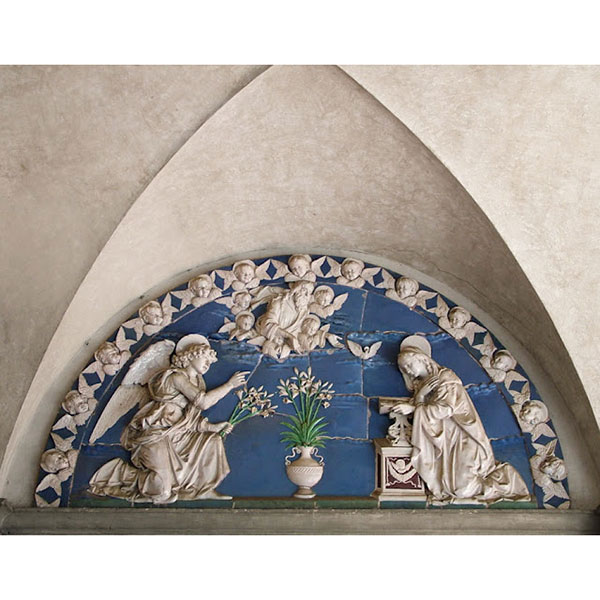
Andrea Della Robbia Annunciation Florence
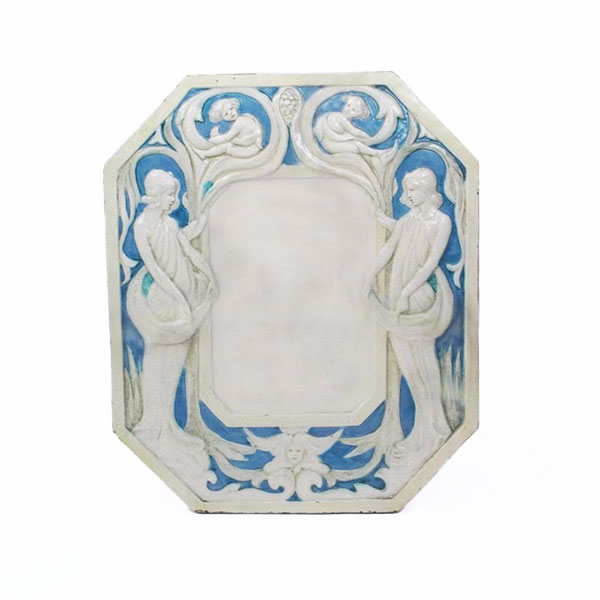
Della Robbia Frame
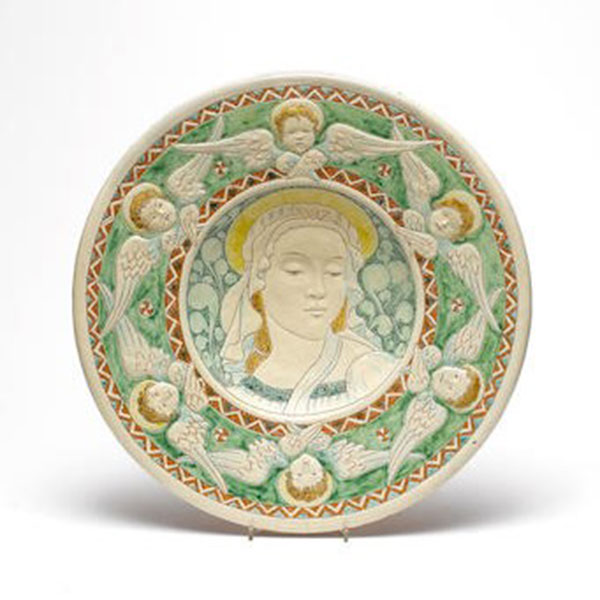
Della Robbia Charger by Ruth Bare
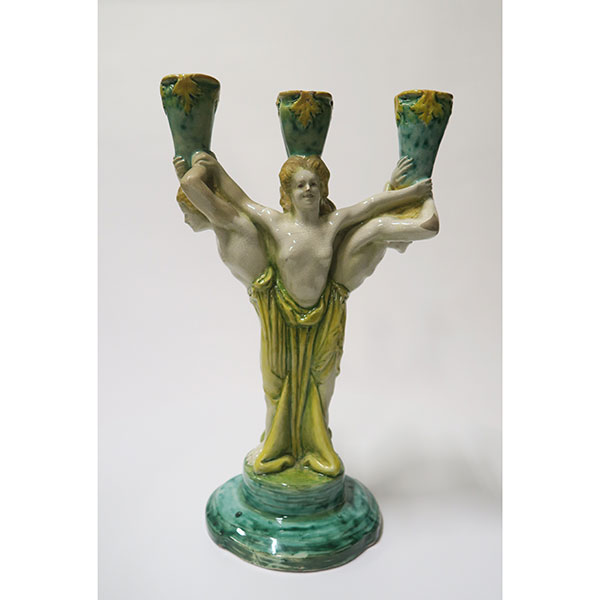
Della Robbia Candelabra
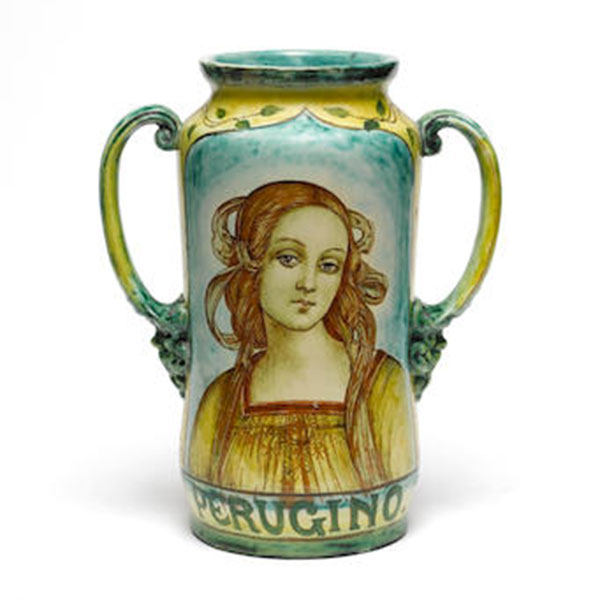
Della Robbia Vase Marianne de Caluwe
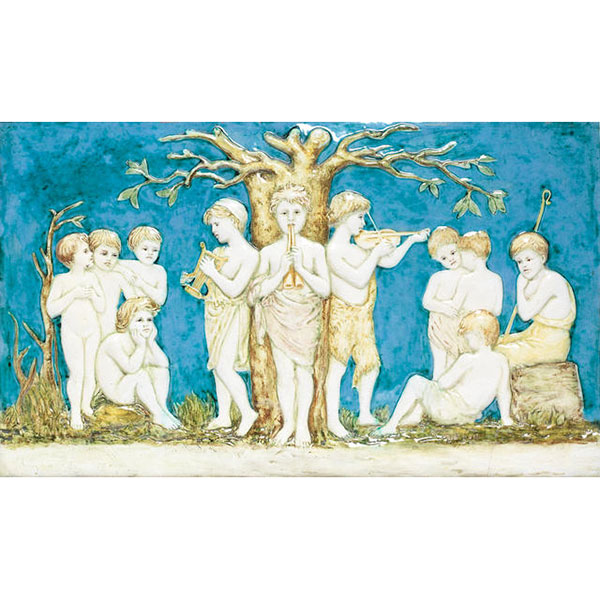
Della Robbia Marianne de Caluwe 1900
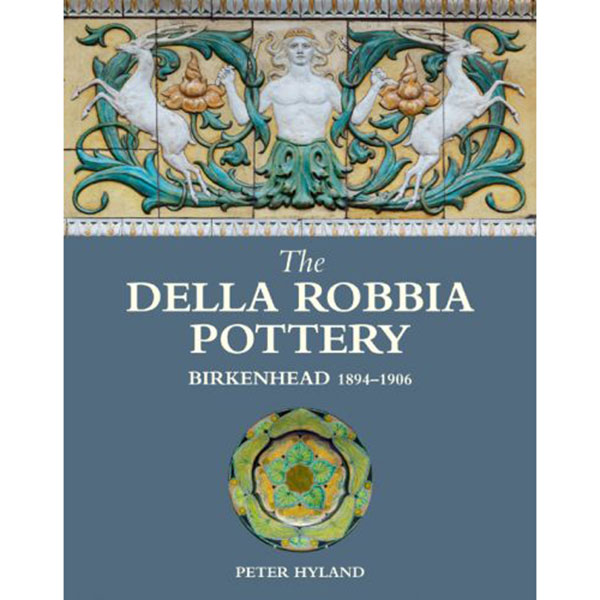
Della Robbia Pottery by Peter Hyland
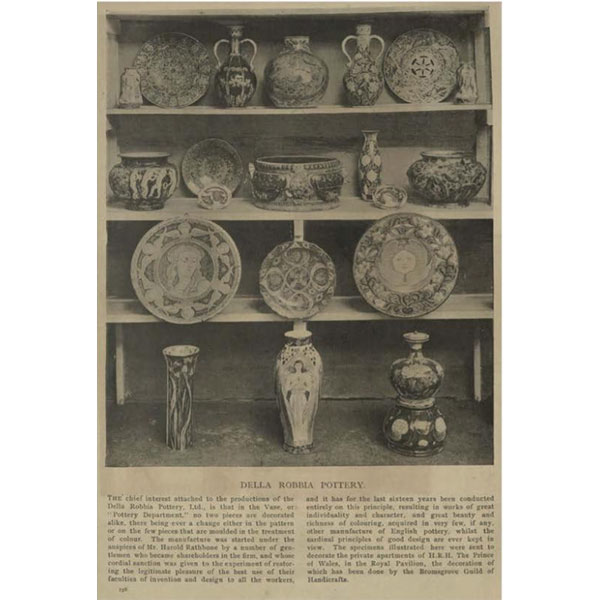
Della Robbia Pottery Art Journal 1900 Paris
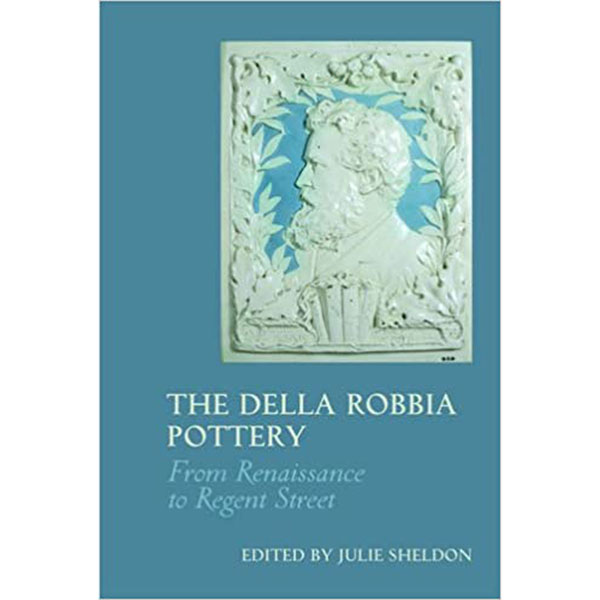
From Renaissance to Regent Street
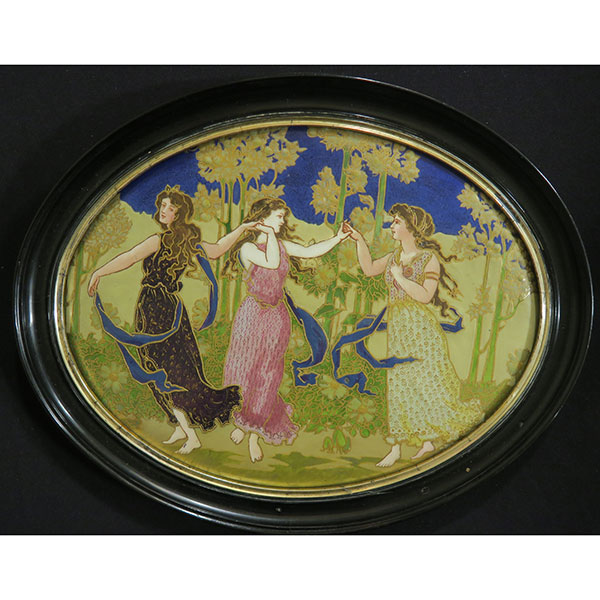
Doulton Burslem Plaque by Aphra Peirce
